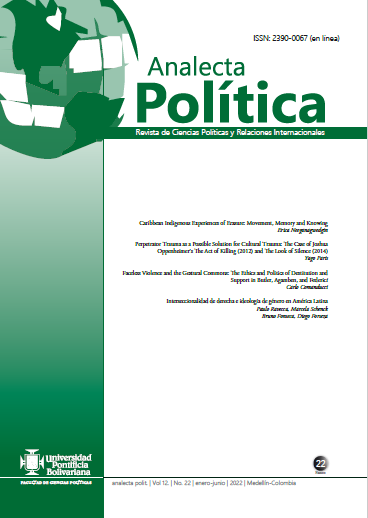Violencia estructural: seamos realistas
Contenido principal del artículo
Resumen
Renowned African American essayist, author, and cultural critic James Baldwin (1962) famously reminded us that “not everything that is faced can be changed, but nothing can be changed until it is faced” (p.11). Learning to face and to name that which is in need of transformation, in need of justice, is in some ways the most difficult aspect of social justice work. This is both because we are trained from an early age not to see those injustices (especially when we occupy positions of social privilege) and because the most profound injustices tend to work at a level just below that which we can readily see, recognize, and name. Perhaps the real power of structural violence (sometimes known as institutional violence) is its very invisibility or its ability to skim along just under the surface of the social and individual consciousness, the way it is inextricably part of the warp and weft of society is such that to recognize the violence inherent in our structures and institutions is to question (and to some minds, threaten) the very foundations of a way of life.
Citas
Baldwin, J. (1962). “As Much Truth as One Can Bear”. The New York Times, 14 January, Section T, p. 11.






